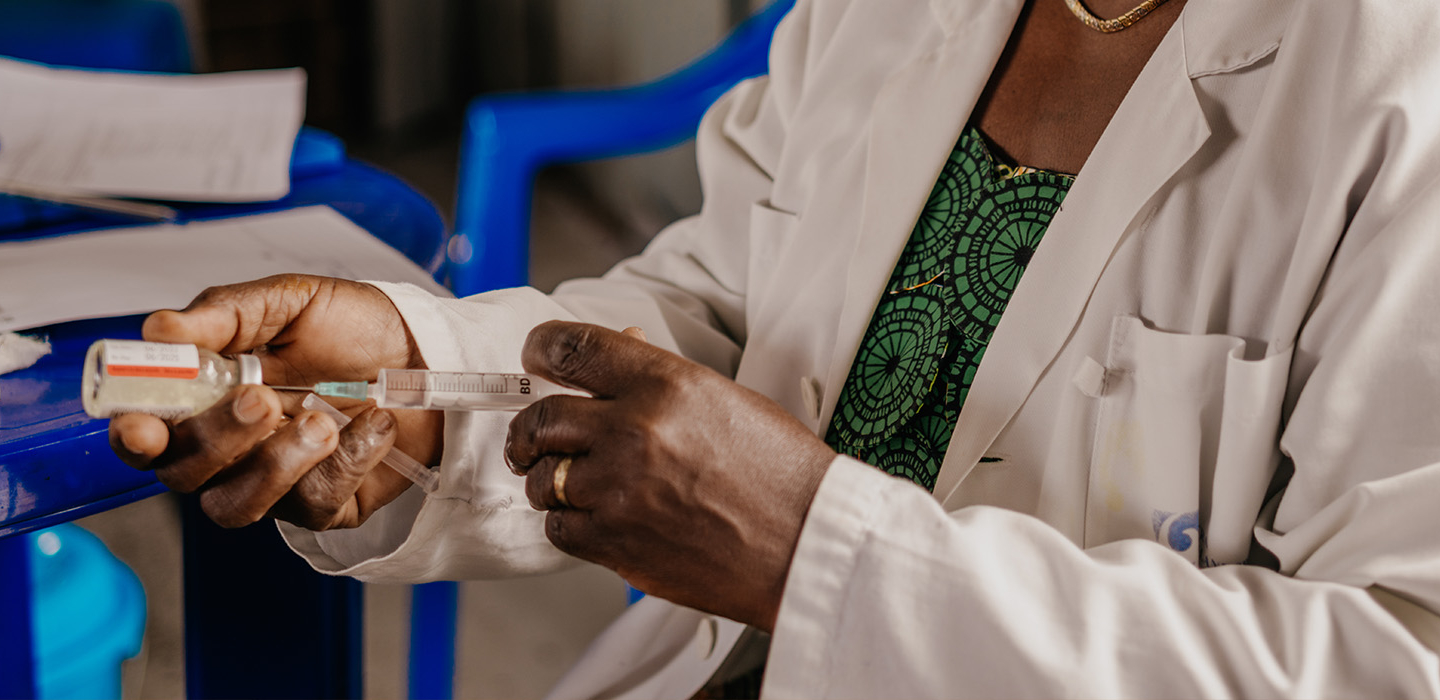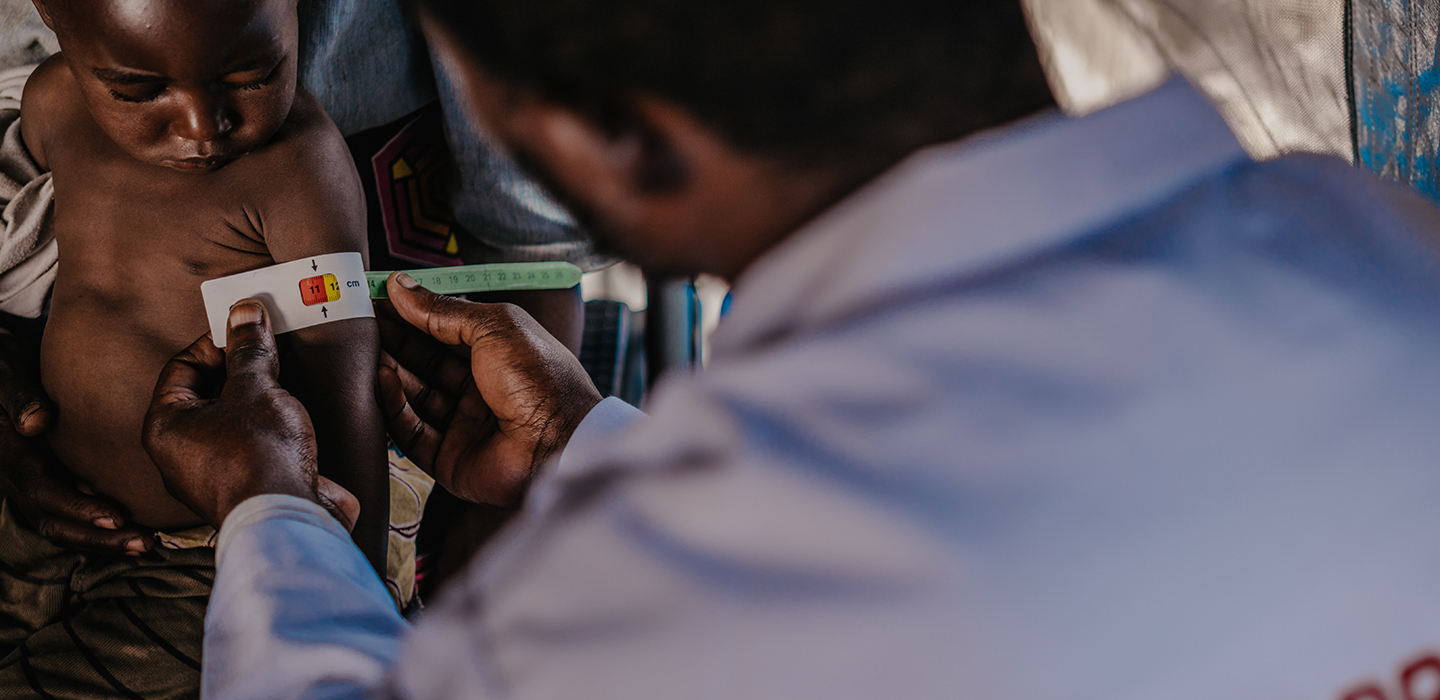Our actions
Our 199 projects are carried out in 25 countries by 3,007 national employees, 219 expatriates and 139 head office staff.
Having become Première Urgence Internationale in 2011, the organization is now active in 25 countries in Africa, Asia, Europe, Latin America, and the Middle East, engaging in direct aid for populations suffering crises.
Our presence in the world
Our expertise
-
Food Security and Livelihood
-
Health
-

 Mental health and psychosocial support
Mental health and psychosocial support
-
Nutrition
-
Protection
-
Water, sanitation and hygiene
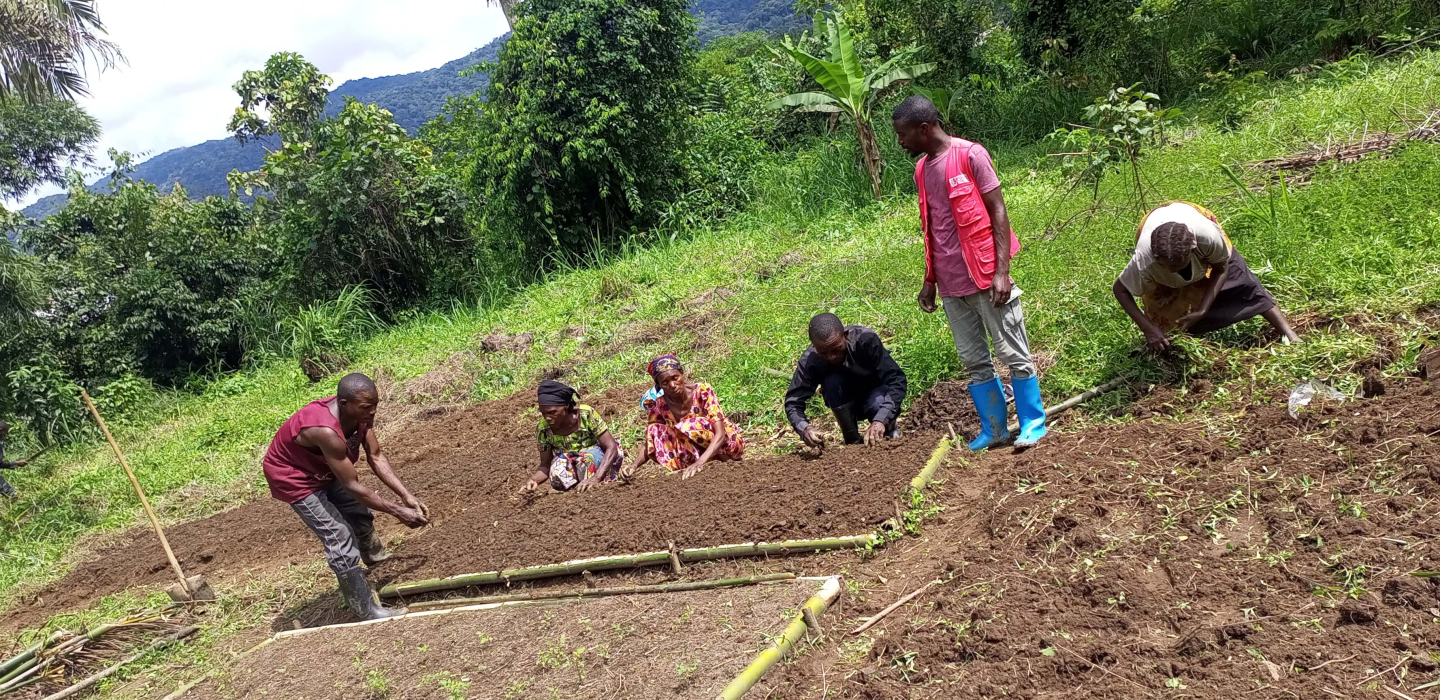
Food Security and Livelihood
According to the Food and Agriculture Organization (FAO), food security exists when “all people, at all times, have physical, social and economic access to sufficient, safe and nutritious food to meet their dietary needs and food preferences for an active and healthy life”. Food security is based on four major elements: availability, access, utilization and stability of these three components over time.
On the ground, Première Urgence Internationale deploys three types of Food security and Livelihood activities:
- Cash transfers: this type of intervention provides monetary assistance to people affected by a crisis in a technical intervention sector. Money can be distributed in the form of cash (money, cheque, bank card, bank transfer), vouchers with monetary value or goods (food vouchers),
- New information and communication technologiesw: this means we can improve the efficiency of our projects by using tools such as tablets, computers, cell phones and software to ensure better follow-up of people receiving support services,
- Partnerships, participation and coordination: links with local organizations, social centers, foundations, research institutes, etc. provide specific thematic expertise.
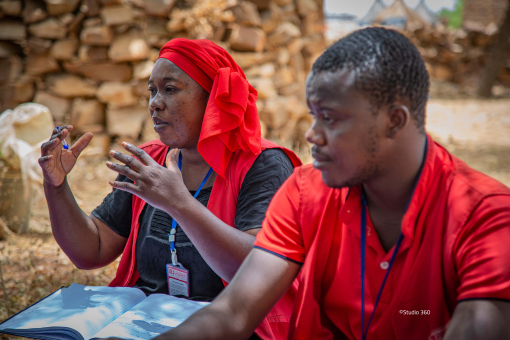
Our cross-cutting issues
Première Urgence Internationale uses an innovative operational method designed to recognize the complexity of humanitarian situations, and to identify and understand all the needs of people affected by a crisis.
Its aim is to better target priority actions to stabilize and then improve the situation of the most vulnerable groups, and to ensure the coordination of all players in the field. It makes it possible to take into account all the dimensions of a problem and to propose a combination of efficient and effective solutions based on our sectors of intervention, and to have a strong and lasting impact for the populations.
This “integrated” approach also takes into account the cross-cutting issues linked to humanitarian action.
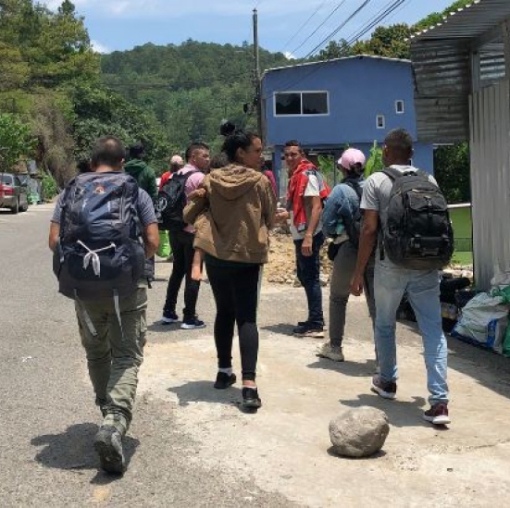
What is an exploratory mission ?
The exploration phase is an essential part of any humanitarian intervention. It enables us to analyze immediate and priority humanitarian needs on the ground, and to assess the relevance of intervening.
The first step is to assess access in an area where a population has been affected by a crisis – caused by war, economic collapse, hazard-related disasters or public health emergency.
The aim is to analyze the priority needs of this population, from the angle of food security, water, hygiene and sanitation, primary health, mental health and psychosocial support, protection and shelter, in order to define an appropriate response strategy. The exploratory mission also enables us to assess the legal, administrative, logistical, financial and human resources requirements for launching an emergency operation, and possibly opening a mission.
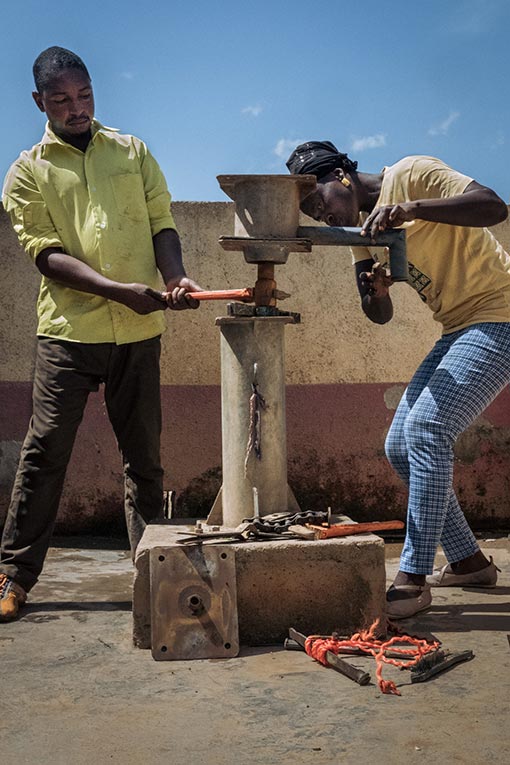
Taking into account the environmental impact of our humanitarian actions
Today, humanitarian aid is deployed on a planet that is the victim of a phenomenon now known to all: climate change. That’s why Première Urgence Internationale is directly affected by these new environmental and climatic challenges and has been mobilizing since 2019 on the issue, which has now become a central element of our strategy.
Première Urgence Internationale takes into account climate and environmental disruptions and their effects (catastrophic climatic hazards, extreme heat, droughts, floods, loss of productivity in agricultural production, pollution…), and tends to adapt its modes of intervention to meet the new needs created by their consequences. It also aims to reduce the impact of its interventions on the environment, and to ensure that the risks to the communities concerned and their natural environment are minimized.

